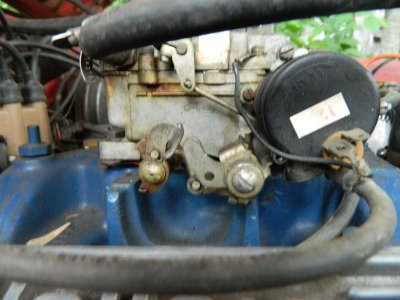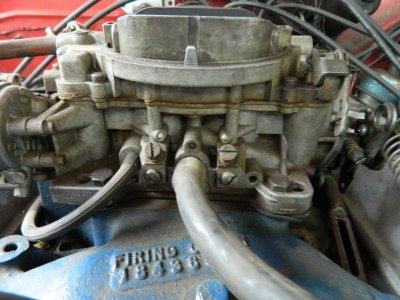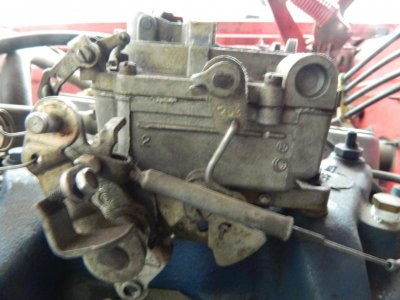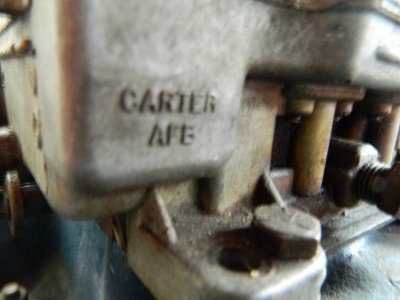Ok, what is point? All I was stating is that the AFB 9000 series carb is used. And that it is the Chrysler type. They made several variations of each to meet GM/Ford/Chrysler needs for an easy drop on. For example what side of the top had fuel input. They also had different linkage. No they were not exact matches to original type, but generically close enough. You claimed it was a GM type and it was not. GM has fuel delivery on the driver side. Yes many of these models moved to electric chokes. They were modernized carbs. That carb is the Carter 9000 Series that was sold as a Chrysler version. Carter had a similar CFM car that was the GM version. Go look up the Federal document and you can find the manual and part numbers for these carbs.
If you know the difference between AFB and AVS why did you state that AFB of that era where of the AVS type? AFB where made before AVS. AVS came later and replaced AFB, other then hemi.
I think you need to go check your notes on step-up rods. Your wrong. Early stuff had 2 step, including the hemi carbs which I am pretty familiar with. Then there are 3 Step in some AFB and AVS, then there are different length rods to control how long or short your in the economy portion of the rod. Then there are different vacuum pistons to match, Jet heights, and the cover too. None of which has anything to do with the type of carb on his car and how to help him tune it.




















